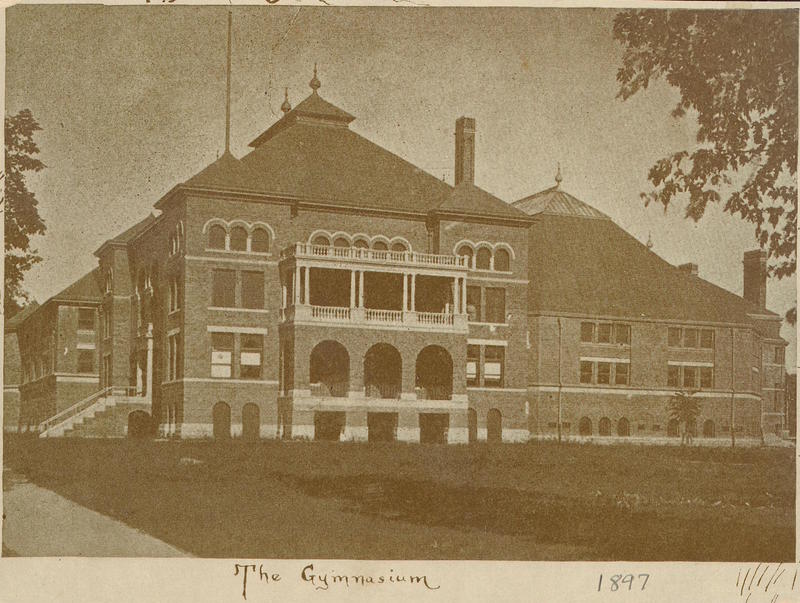Early Athletics
During the Victorian Era, women were discouraged from most strenuous physical activity. While Christian associations began sports leagues for young men in the late 19th century, women were still trying to find their place in physical education. This changed in the 1890s as a need for a more comprehensive social life for women was recognized at Michigan. The Waterman Gymnasium was available to women only during the mid-mornings, however. Gradually, athletic education for women began to be seen as necessary to promote the welfare of female students. Poet Will Carleton argued in favor of athletics for women at Michigan: “‘Athletic education’ is as good for women as for men––indeed, they need it more. It would make them more graceful, more healthy, and––what might be most useful of all, upon occasion––more formidable.” 1
Regents Levi Barbour and Lucius Hubbard endowed $35,000 for a women’s gymnasium, and in 1898, Barbour Gymnasium opened. Not only did the Barbour Gym open the doors for athletic opportunities for women at Michigan, but it gave them a place to call home. The Barbour Gym was designated as the headquarters of the Women’s League and hosted a variety of events for women unrelated to athletics, such as the Women’s Glee Club practices and formal dances. A separate building for women’s social life would not be created until 20 years later when the League Building was built. Increased enrollment of women required more space for women’s athletics and in 1908, the Palmer Field was established as a space for women’s outdoor athletics.
1. Will Carleton to University of Michigan Board of Regents, 1898, Box 1, Women’s League University of Michigan Records, Bentley Historical Library, University of Michigan.

